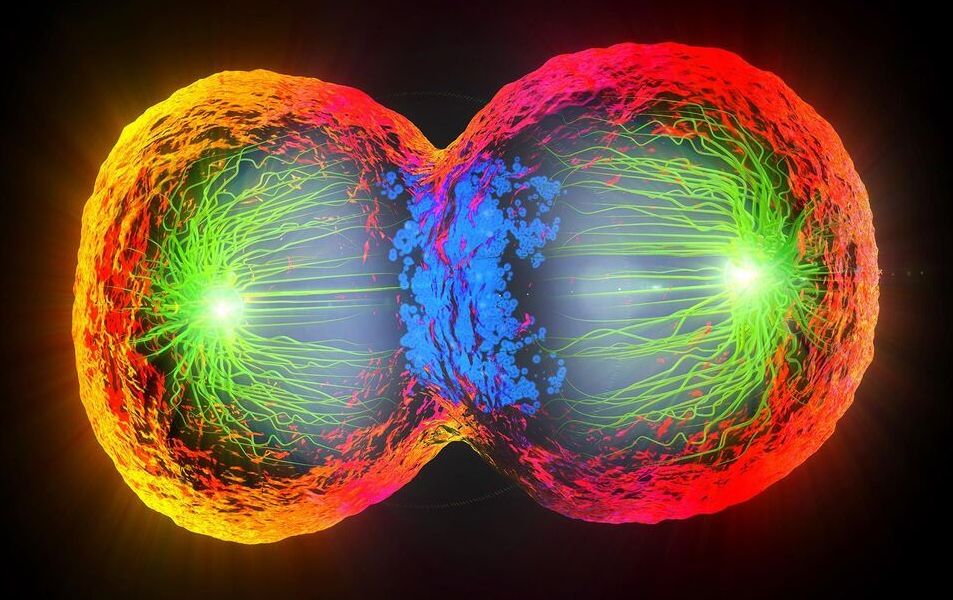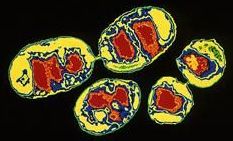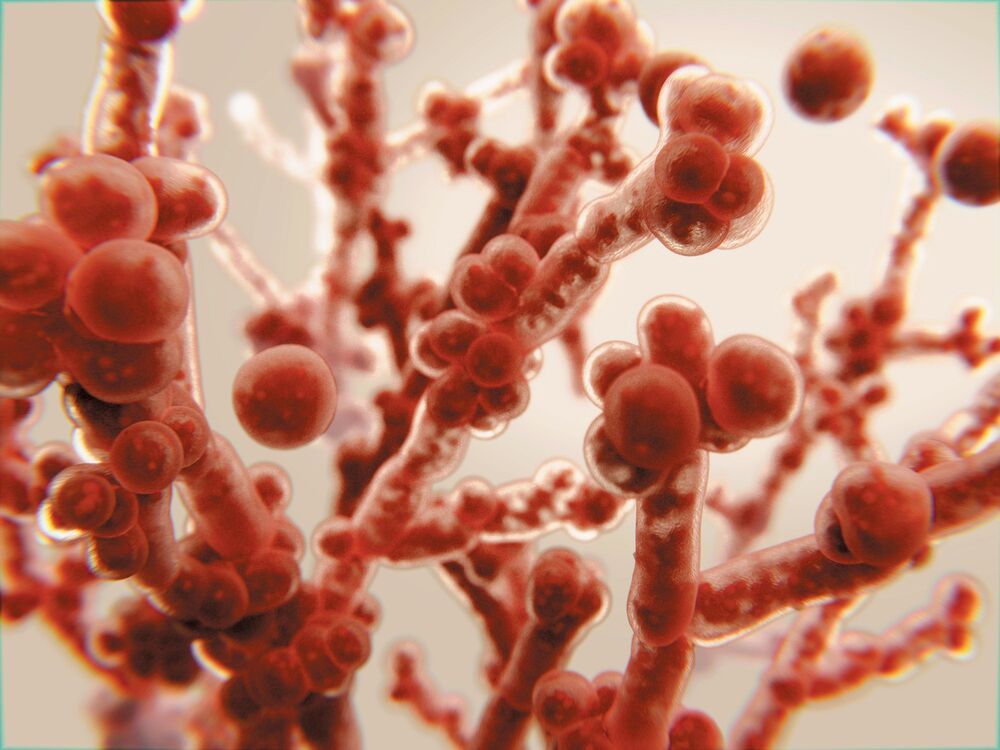One of the spacecraft will probe the hellish planet’s clouds, which could potentially help settle the debate over whether they are habitable by floating microbes.
Category: biological – Page 134
PROCEEDINGS OF THE ROYAL SOCIETY • JUN 3, 2021
Culture drives human evolution more than genetics
I wonder about the thought that only humans do this, and perhaps that somehow culture is separate in some way from biological evolution enmeshed with the rest of the planet?
by University of Maine
Culture is an under-appreciated factor in human evolution, Waring says. Like genes, culture helps people adjust to their environment and meet the challenges of survival and reproduction. Culture, however, does so more effectively than genes because the transfer of knowledge is faster and more flexible than the inheritance of genes, according to Waring and Wood.
Waring and Wood say culture is also special in one important way: it is strongly group-oriented. Factors like conformity, social identity and shared norms and institutions—factors that have no genetic equivalent—make cultural evolution very group-oriented, according to researchers. Therefore, competition between culturally organized groups propels adaptations such as new cooperative norms and social systems that help groups survive better together.
According to researchers, “culturally organized groups appear to solve adaptive problems more readily than individuals, through the compounding value of social learning and cultural transmission in groups.” Cultural adaptations may also occur faster in larger groups than in small ones.

## MATHEMATICS • MAY 24, 2021
# *Noise is commonly discarded, but identifying patterns in noise can be very useful.*
*Generalize the Hearst exponent by adding more coefficients in order to get a more complete description of the changing data. This makes it possible to find patterns in the data that are usually considered noise and were previously impossible to analyze.*
*The development of this mathematical apparatus can solve the issue of parameterisation and analysis of processes for which there is no exact mathematical description. This opens up enormous prospects in describing, analyzing and forecasting complex systems.*
*by moscow institute of physics and technology*
Researchers created an algorithm to identify similar cell types from species – including fish, mice, flatworms and sponges – that have diverged for hundreds of millions of years, which could help fill in gaps in our understanding of evolution.
Cells are the building blocks of life, present in every living organism. But how similar do you think your cells are to a mouse? A fish? A worm?
Comparing cell types in different species across the tree of life can help biologists understand how cell types arose and how they have adapted to the functional needs of different life forms. This has been of increasing interest to evolutionary biologists in recent years because new technology now allows sequencing and identifying all cells throughout whole organisms. “There’s essentially a wave in the scientific community to classify all types of cells in a wide variety of different organisms,” explained Bo Wang, an assistant professor of bioengineering at Stanford University.
Circa 2010
Researchers have discovered a possible new species of bacteria that survives by producing and ‘breathing’ its own oxygen. The finding suggests that some microbes could have thrived without oxygen-producing plants on the early Earth — and on other planets — by using their own oxygen to garner energy from methane (CH4).
“The mechanism we have now discovered shows that, long ago, these organisms could have exploited the methane sources on Earth and possibly on other planets and moons by mechanisms that we didn’t know existed,” says Mike Jetten, a microbiologist at Radboud University Nijmegen in the Netherlands and part of the team that conducted the study, which is published in Nature today1.
The oxygen-producing bacterium, provisionally named Methylomirabilis oxyfera, grows in a layer of methane-rich but oxygen-poor mud at the bottom of rivers and lakes. The microbes live on a diet of methane and nitrogen oxides, such as nitrite and nitrate. These nitrogen-containing compounds are especially abundant in sediment contaminated by agricultural runoff.
A new topic a new challenge for future civilizations.
I won’t write an introduction I will ask couple of questions to make you think about it.
In the forth industrial revolution are we going to change the way we reproduce? Could be the first step for post-human era in 2040?
How can we change the way we deal with economics? Because economy depends on population grow. In a way or another world population will stop at 11 billion so it is necessary to change the economy.
The scale-free complexity associated with the biological system in general, and the neuron in particular, means that within each cell there is a veritable macromolecular brain, at least in terms of structural complexity, and perhaps to a certain degree functional complexity as well—a fractal hierarchy. This means that the extremely simplistic view of the synapse as a single digital bit is misrepresenting the reality of the situation—such as, if we were to utilize the parlance of the neurocomputational model, each ‘computational unit’ contains a veritable macromolecular brain within it. There is no computer or human technology yet equivalent to this.\.
A study published in the journal Science has upended 80 years of conventional wisdom in computational neuroscience that has modeled the neuron as a simple point-like node in a system, integrating signals and passing them along.
Inflammation is a natural biological process, and we need some of it to keep us safe — here’s why inflammation is necessary for survival.
Using an advanced microscopy technique, Texas A&M researchers have uncovered a twin boundary defect in a soft polymer that has never been observed before.
Texas A&M University scientists have for the first time revealed a single microscopic defect called a “twin” in a soft-block copolymer using an advanced electron microscopy technique. This defect may be exploited in the future to create materials with novel acoustic and photonic properties.
“This defect is like a black swan — something special going on that isn’t typical,” said Edwin Thomas, professor in the Department of Materials Science and Engineering. “Although we chose a certain polymer for our study, I think the twin defect will be fairly universal across a bunch of similar soft matter systems, like oils, surfactants, biological materials, and natural polymers. Therefore, our findings will be valuable to diverse research across the soft matter field.”
These pathogens already kill 1.6 million people every year, and we have few defenses against them.
By: Maryn McKenna








